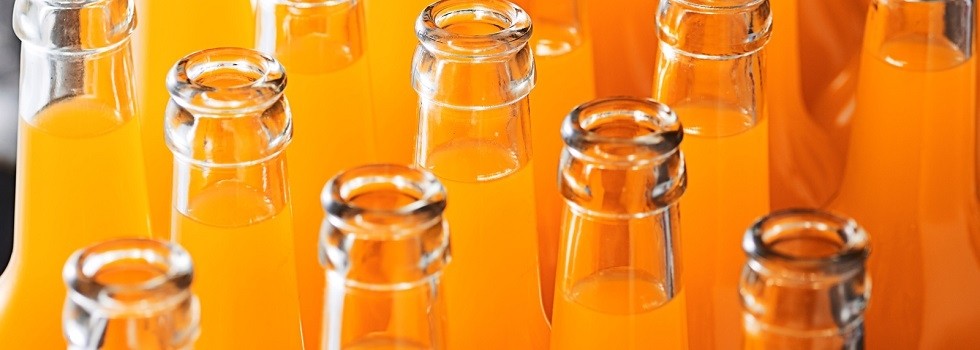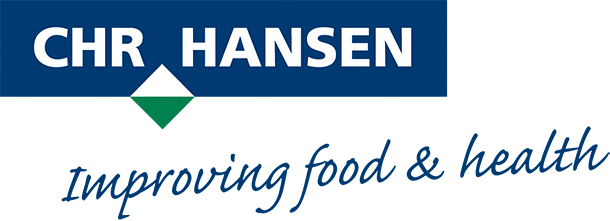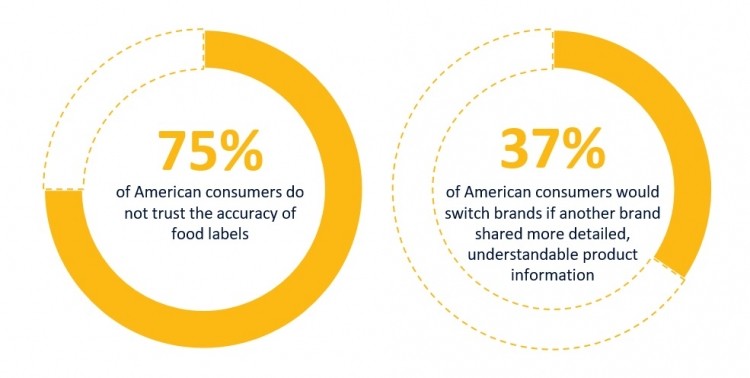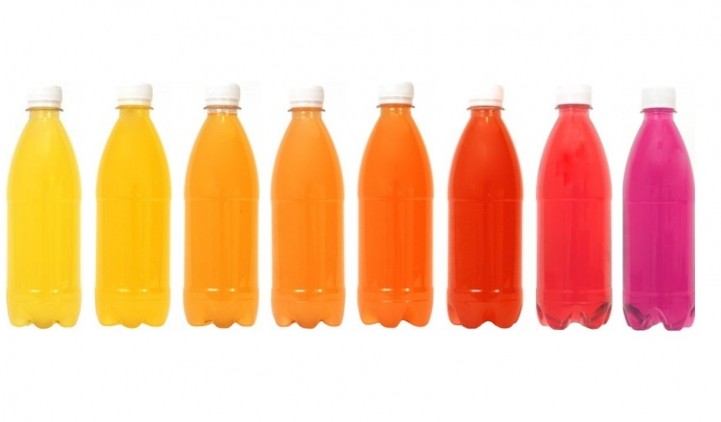Promotional Features
Strengthen brand loyalty by meeting your customers’ need for transparency
Consumers want to know what is in their beverages
The beverage market is struggling. Consumers are making more mindful choices, and they want healthier soft drinks made with natural ingredients containing less sugar. American consumers want recognizable ingredients that are food safe, visually appealing and tasty. They avoid unfamiliar ingredients or those they can’t even pronounce. Not only do they want to know what’s in their beverage, they also want transparency about how the products are produced. Since consumers cannot assess safety, trust is a key criteria in assessing food.
Transparency about products is no longer an option; it is the new norm
According to FMCG Gurus,[1] 60% of consumers say they believe monitoring nutritional intake is difficult, because brands often try to disguise the bad ingredients contained in products. Consumers can accept that the beverages they are buying may not be 100% natural or outright healthy, but they are not willing to accept that grocery brands are deliberately misleading them with products and nutritional claims. Label Insight also found that 75% of US consumers do not trust the accuracy of food labels and that 37% would switch brands if another brand were more transparent about what is in the food and how it is produced.
Figure: Consumer insights adapted from Label Insights[2].
Consumers won’t compromise on taste and appearance
If it looks boring and tastes bland, it is not enough that the product is healthy. As consumers, we have a clear set of expectations about what color a beverage should be; it helps us perceive the flavor and can even strengthen our taste perception. Since consumers buy beverages that look appetizing, color is often the first hurdle in the purchasing decision. A recent consumer study conducted by FMCG Gurus[3] showed that 53% of US consumers actively avoid or try to avoid artificial colors in their food and beverages. Many consumers, especially the younger generations, prefer the colors in their food and drinks to come from a relatable source, like fruit and vegetables. Simple foods with few ingredients are very popular with Generation X and Millennials.
Simple clean label colors make it easier to meet consumer demand for transparency
Chr. Hansen Natural Colors recently launched a new range of vibrant, minimally-processed clean label colors made from fruit and vegetable juice concentrates. They contain only natural and non-GMO ingredients. These colors can be labeled as “Fruit and vegetable juice concentrate for color” or simply “carrot juice (for color).”
Chr. Hansen’s FruitMax range is minimally processed fruit and vegetable juice with coloring properties. The shown colors are made with only natural ingredients and can be blended to create a variety of shades.
Using natural, recognizable, minimally processed ingredients such as FruitMax colors, which are based on fruit and vegetable concentrates, can help mitigate the risk of negative consumer perception of your brand. Being transparent about what is in your beverage can help manufacturers meet consumers’ expectations for clear, recognizable product information, and bring your brand closer to consumer demands.
Vibrant, stable, food-safe colors meet consumer demand for transparency and will make it easier to tell the stories about the ingredients consumers are hungry to hear.
Clean, simple and natural, Chr. Hansen’s minimally processed colors are crafted to wholeheartedly support rising consumer demand for transparency – and naturally colored, clearly labelled foods.
[1] FMCG Gurus, Consumer and market trends – soft drinks in the US. April 2017
[1] Label insight – The 2016 Label Insight Food Revolution Study
[3] FMCG Gurus: Understanding global consumer attitudes to artificial colors in 2018



